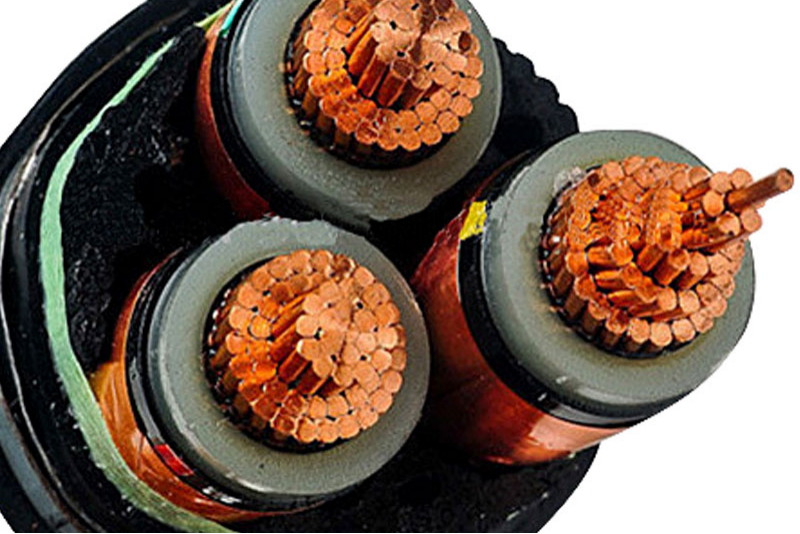
Electric vehicles mainly include three types: pure electric vehicles, hybrid electric vehicles, and fuel cell vehicles.
Pure electric vehicles and fuel cell vehicles are driven entirely by an electric motor.
Hybrid electric vehicles, combined with internal combustion engines and motors, are supported by motors when the efficiency of internal combustion engines is not high under acceleration and low-speed conditions.
Their common feature is to use up to 600V or higher driving voltage, involving wiring, they all have the same basic requirements, both in EMI (electromagnetic interference) protection systems under the safe transmission of high current and voltage.
As a high-voltage cable, it is used to connect high-voltage batteries, inverters, air-conditioning compressors, three-phase generators, and motors to realize power and energy transmission.
However, in-depth analysis, the manufacturers of the system are facing a series of challenges that need to be overcome.
New technical requirements are put forward for high voltage cables of electric vehicles, such as flexibility, shielding, safety, size, and so on because these will affect the wiring of high current and high voltage components.
In the face of different technical points of each possible power system, different special requirements are put forward for the required components.
It should be noted that the high-voltage system of electric vehicles is not a typical high-voltage system, and the relevant terms such as "high voltage" and "high current" must only be limited to the field of automobiles, as opposed to the low-voltage system of conventional automobiles.
Reference systems in other areas adopt completely different standards, such as the definition of high voltage in the field of power starting at several kilovolt levels.